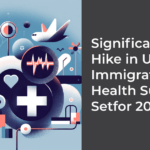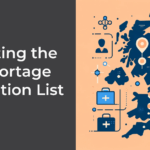If you’re a digital technology professional seeking to advance your career in the UK, the Global Talent Visa — Digital Technology route offers a streamlined path for leaders and emerging talent alike. Securing an endorsement from Tech Nation is the first step.
Step 1: Get Endorsed
Applicants must qualify as either leaders (“Exceptional Talent”) or rising stars (“Exceptional Promise”) in the digital tech sector. Evidence of innovation, commercial leadership, or ground‑breaking research is key.
The endorsement process typically requires:
-
A detailed CV highlighting your expertise and achievements.
-
Three letters of recommendation from established organisations in the tech industry.
-
Demonstrable impact on the digital technology field and plans to contribute to UK innovation. GOV.UK+1
Step 2: Apply for the Visa
Once endorsed, you have three months to apply for the visa itself. The route allows flexible working, self‑employment, and even business ownership in the UK tech sector. GOV.UK+1
You’ll also need to satisfy the standard immigration criteria, such as character and residence history.
Why Choose This Route?
-
No cap on the number of Digital Technology endorsements.
-
Diverse eligibility includes roles in AI, cybersecurity, fintech, data science, and beyond. GOV.UK+1
-
Indefinite Leave to Remain may be available after 3 or 5 years, depending on your endorsement type. GOV.UK
Final Steps
Ensure your application is supported by high‑quality evidence, a clear strategy, and credible referees. For tailored assistance, seek specialised immigration advice.






